The Toxic Blue-Green Algae Responsible For Killing Dogs Around The U.S. Has Been Found In Vermont
Potentially dangerous algae has been discovered in Vermont. The toxic freshwater bloom has been directly linked to the recent deaths of two dogs.
Known as cyanobacteria or blue-green algae, this phenomenon poses a threat to both people and animals. Here’s what you need to know and how to avoid exposure.
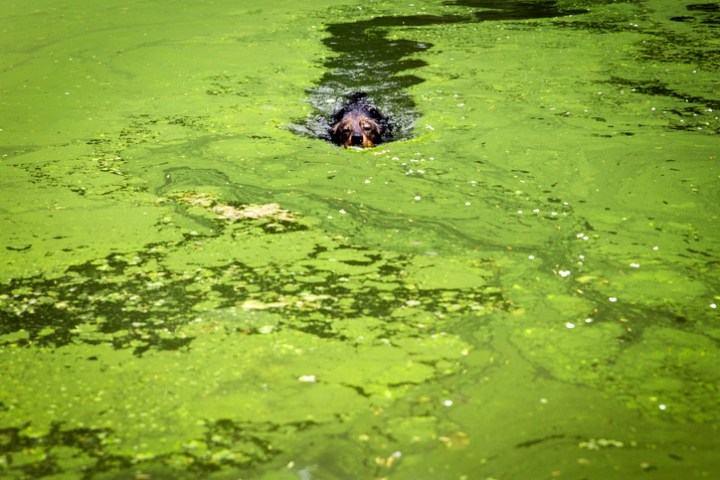
The Vermont Agency of Natural Resources has announced that two small breed dogs recently fell ill and died while swimming in a private freshwater pond in Stowe. The dogs were found to have been killed by cyanobacteria.
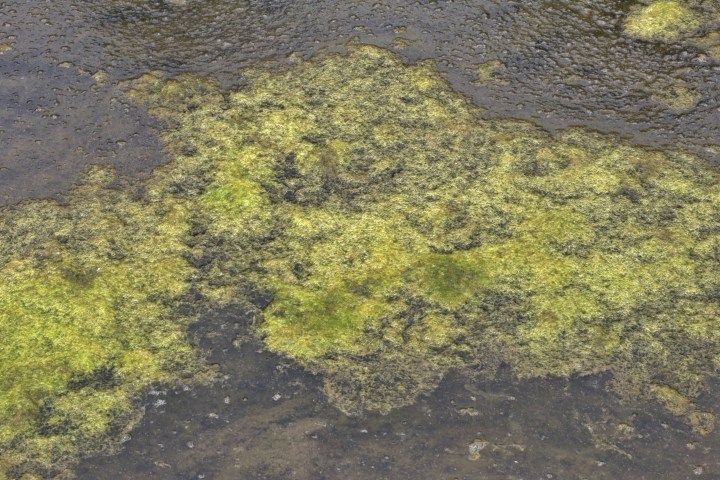
Cyanobacteria blooms cause freshwater areas to turn a vibrant green or blue color. These bacteria produce a toxic substance that can cause dangerous symptoms in both humans and animals. In extreme cases, ingestion of cyanobacteria toxins can even be fatal.
Advertisement
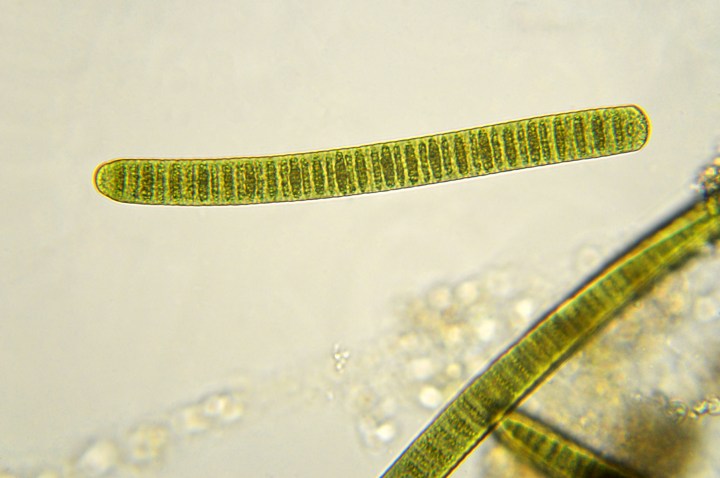
Cyanobacteria poisoning usually occurs when the algae is ingested through the mouth. Symptoms of cyanobacteria poisoning in humans include nausea, abdominal pain, mouth ulcers, sore throat, headaches, and blistering. In pets, poisoning might manifest as diarrhea or vomiting, drooling, confusion, breathing problems, or seizures.
Advertisement
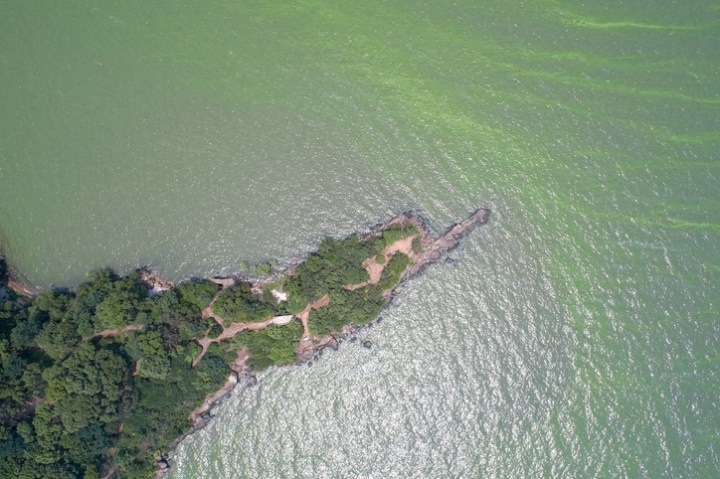
At the time of publication, over 65 freshwater sites in Vermont were listed as "high alert" spots. This means that large amounts of cyanobacteria were observed during official observation visits.
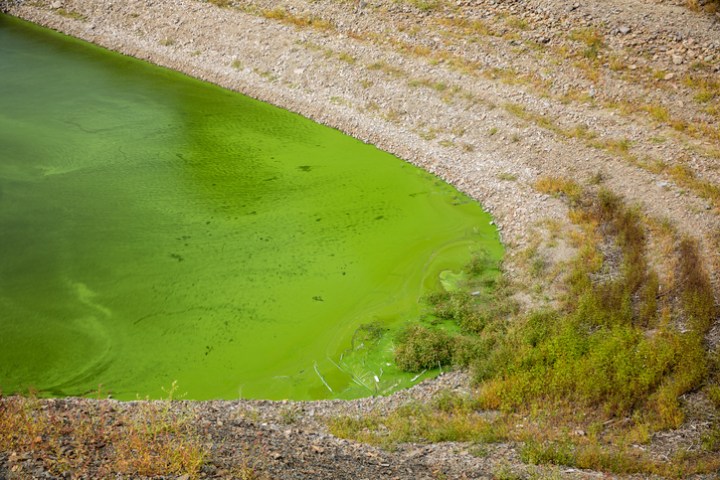
A listing of "high alert" means that the affected water is not safe for recreational use by people or pets. It’s important to note that this status is based on visual assessment only and that water samples were not tested.
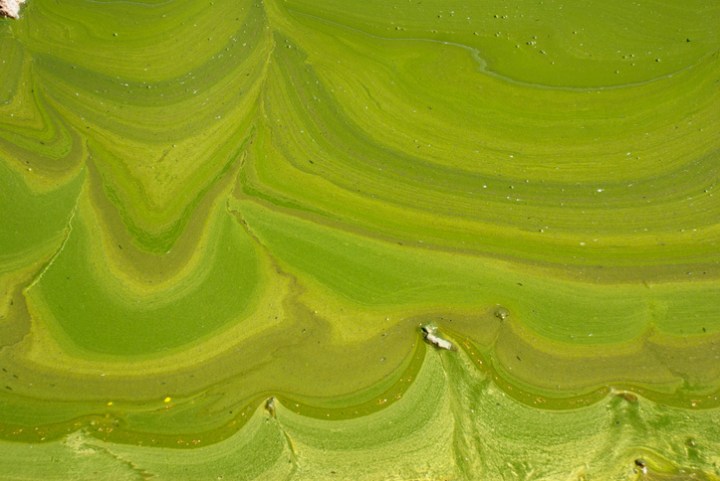
Cyanobacteria blooms can appear and vanish very quickly, often forming and dissipating within a few days or weeks. That’s why it’s important to always thoroughly check any swimming spots for signs of algae before jumping in, even if the official status isn’t listed as "high alert."
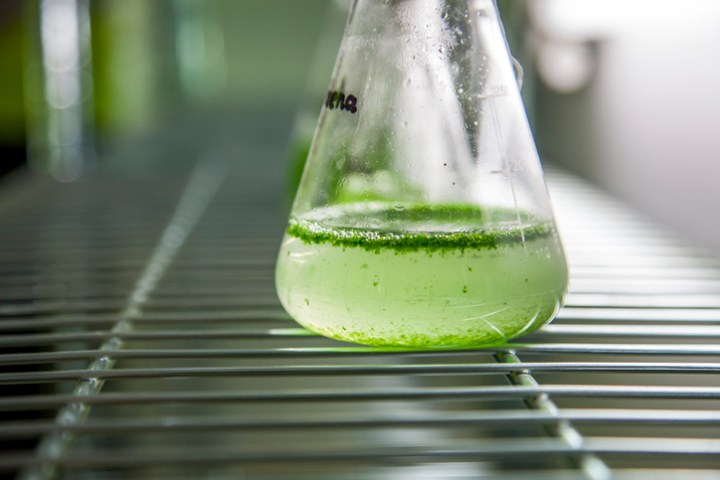
If you spot unusually green or blue water, it’s a good idea to contact the town or property owners so that the site can be evaluated for cyanobacteria. Most importantly, keep pets and children away from the water until you know it’s safe.
Due to the rapidly shifting nature of cyanobacteria blooms, it’s not helpful to list currently affected sites. Please visit the state’s online tracker to see up-to-date information on which swimming spots are safe and which should be avoided.
OnlyInYourState may earn compensation through affiliate links in this article. As an Amazon Associate, we earn from qualifying purchases.




